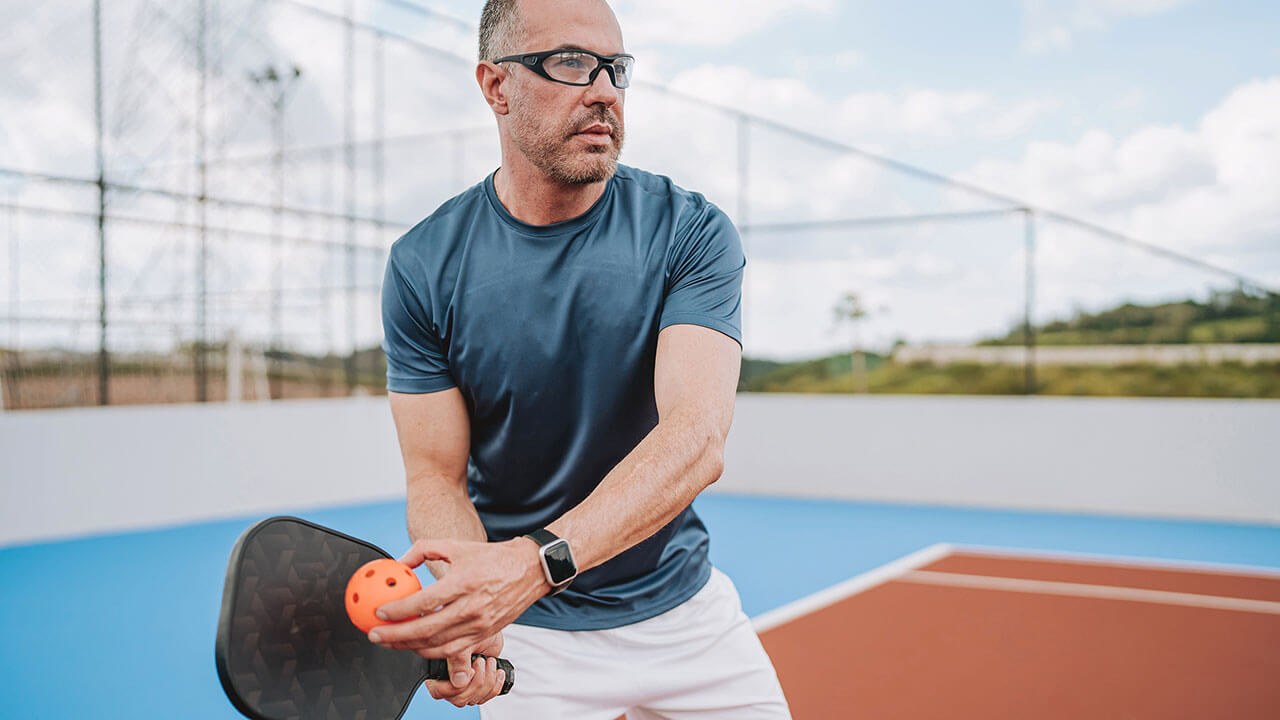What is prolotherapy?
Prolotherapy is an injection-based treatment for chronic ligament, tendon and joint pain.Ligaments and tendons are often injured during sports, auto, household and work accidents. Most injuries heal themselves when the body starts growing tissue that mends damaged areas. Sometimes musculoskeletal injuries do not heal themselves, leading to chronic pain and problems. Prolotherapy helps heal those weakened ligaments and tendons.
How does prolotherapy work?
Before treatment, you will be examined by a prolotherapist – a doctor who has special training in prolotherapy – to learn exactly where you hurt. The prolotherapist then injects small amounts of solution into each of the painful areas. Prolotherapists most commonly use simple dextrose (sterile sugar water). The treatment areas are numbed with superficial local anesthesia prior to the prolotherapy injections. The dextrose used in prolotherapy injections stimulates the body’s natural healing process which decreases chronic pain and increases the strength and stability in the problem area.
What conditions does prolotherapy treat?
Prolotherapy may be a treatment option for:
- Residual pain from sprains or fractures (e.g. weak ankles after repeated sprains)
- Over-use injuries from sports or work
- Achilles tendinosis
- Plantar fasciitis
- Arthritis
- Prolotherapy may be appropriate for individuals looking for alternatives to oral pain medications or surgery.
Does prolotherapy hurt?
Prolotherapy injections can be uncomfortable but are usually well-tolerated. After the injections, patients usually feel fullness, numbness and some minor pain in the treated areas. 24 to 72 hours after the injections, your pain may return or increase for a short time. This is a signal that the body is responding appropriately to the injections by stimulating a healing reaction.
How long does prolotherapy last? How many treatments of prolotherapy are recommended before I feel results?
In contrast to steroid injections, prolotherapy does not weaken joints or ligaments, so there is no limit to the number of prolotherapy injections patients can receive. The number of shots and appointments needed vary from patient to patient. Most patients need 2 to 6 monthly treatments in order to improve. If treatments are successful, pain relief can be long-term.Prolotherapy does not cause scar tissue or affect a person’s ability to have joint surgery in the future, and side effects are extremely rare.
Insurance companies often cover the initial consultation, but prolotherapy is considered a complementary and alternative form of medicine, so most insurance companies – including Medicare – will not cover the cost of the injections.



